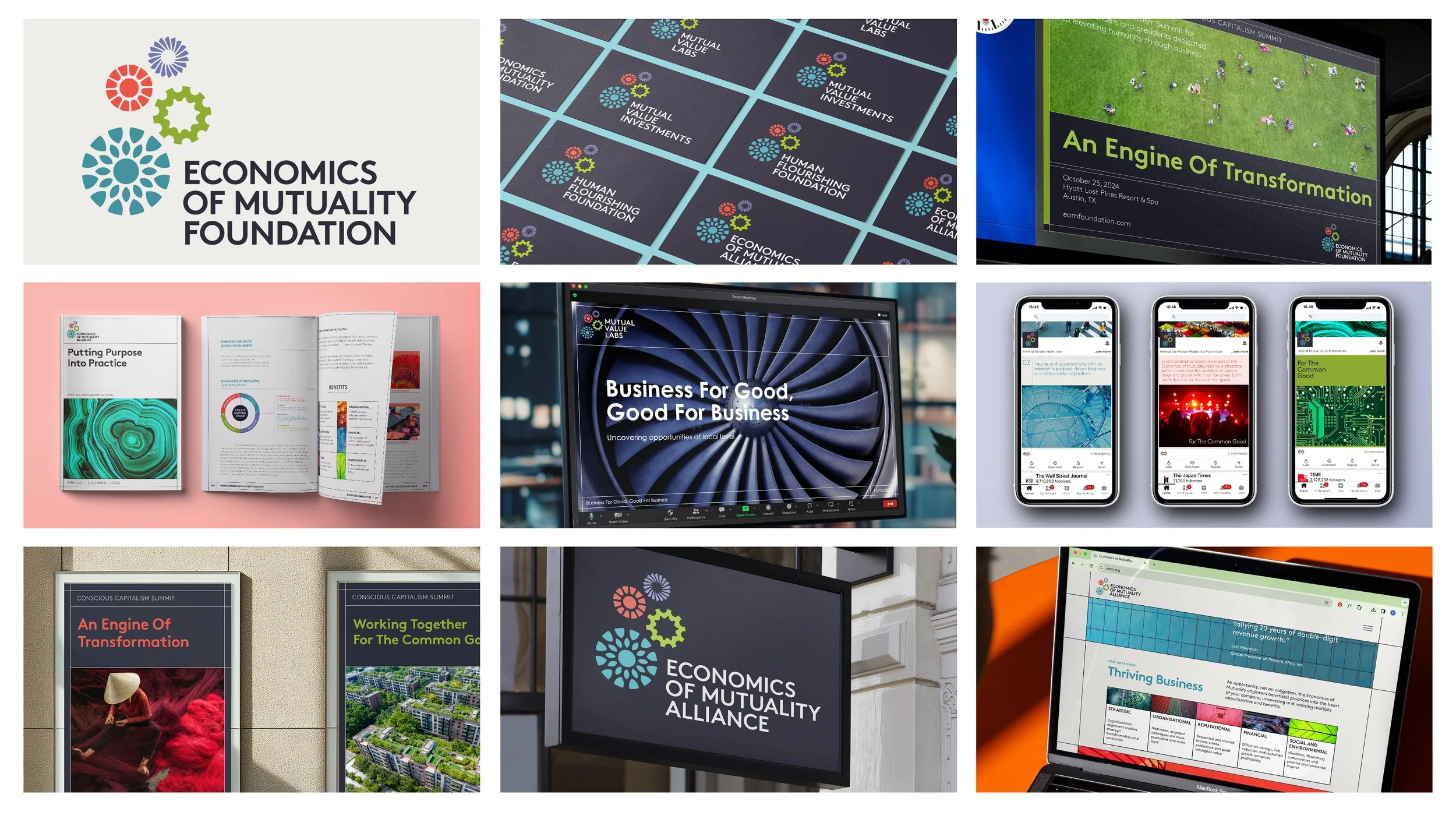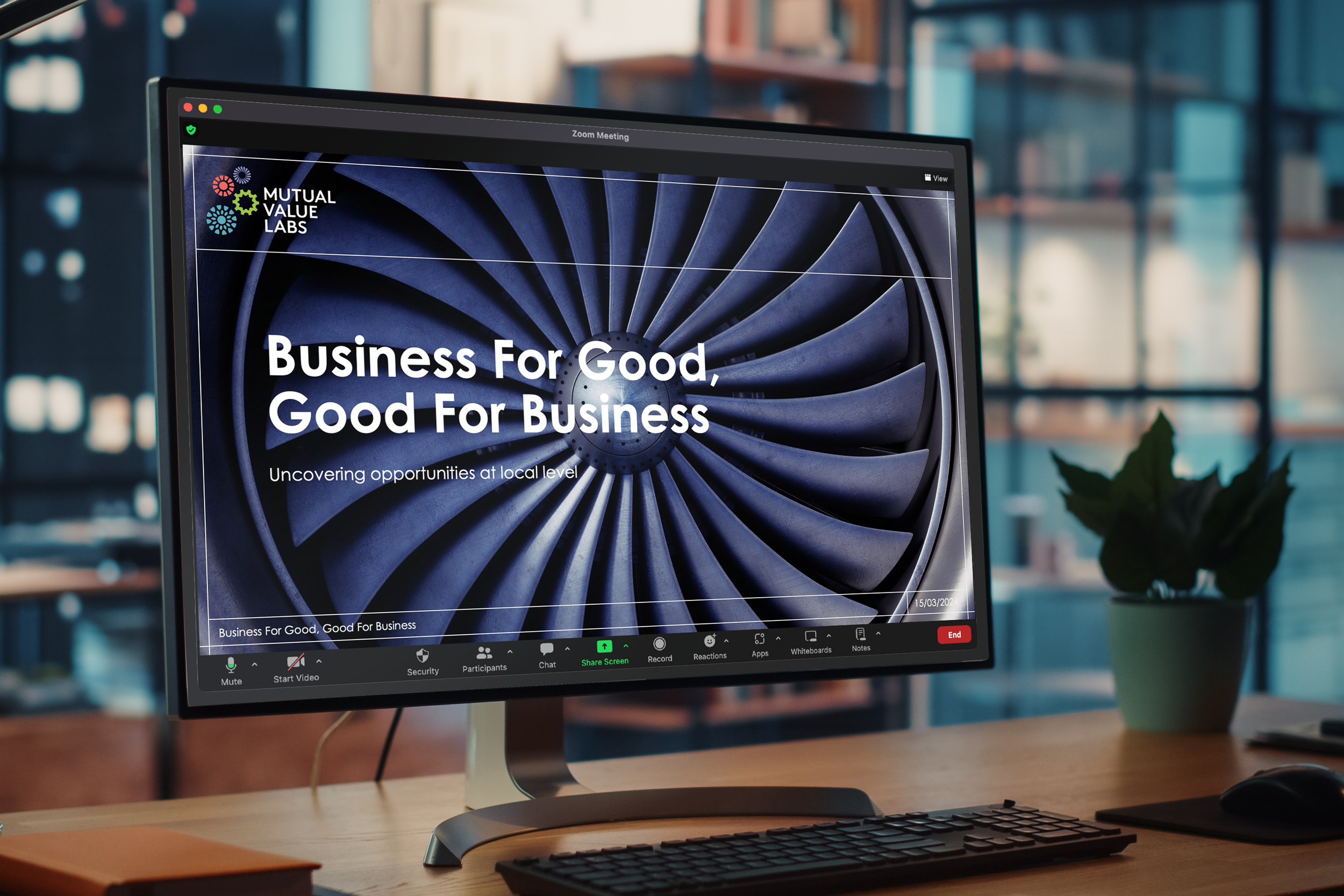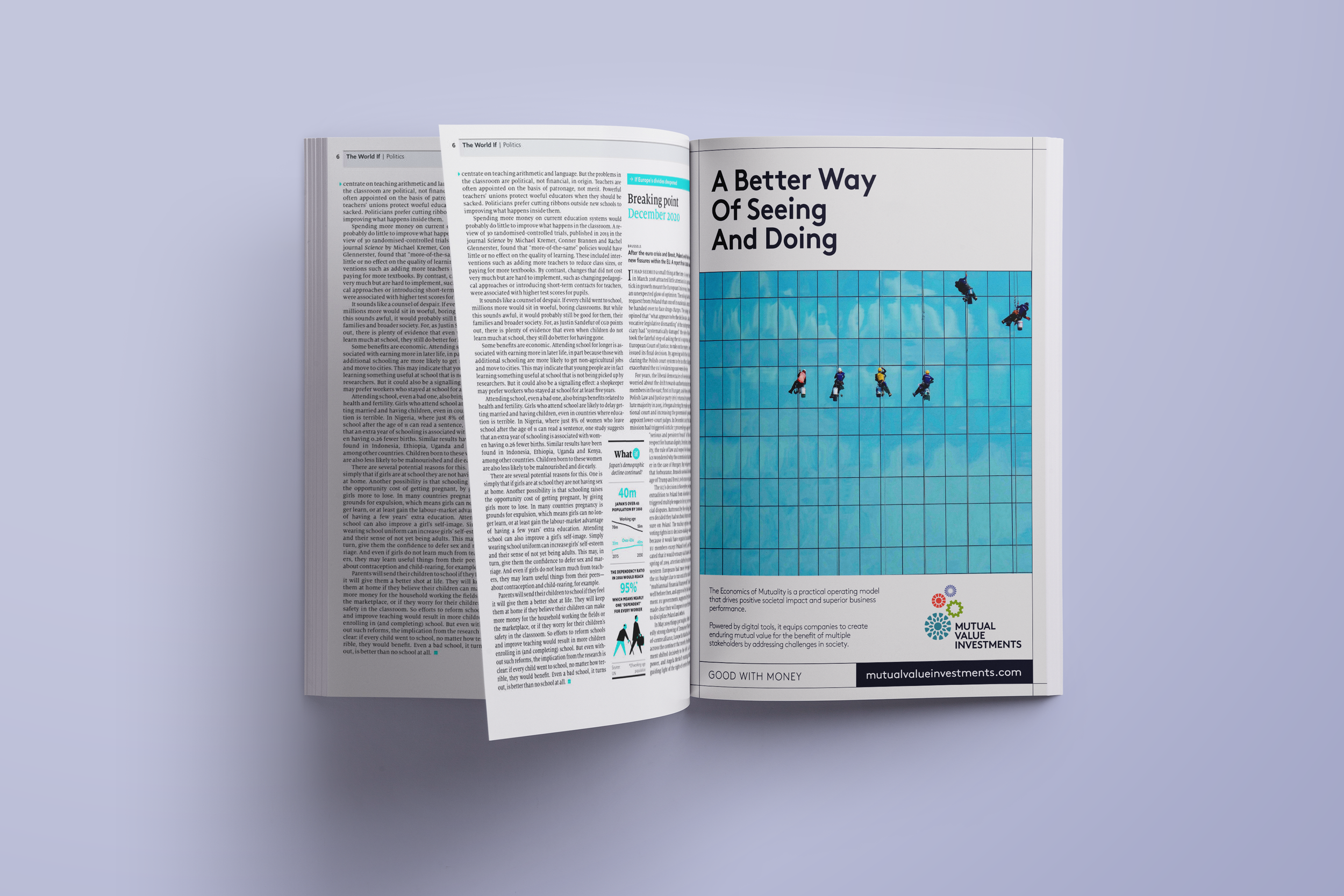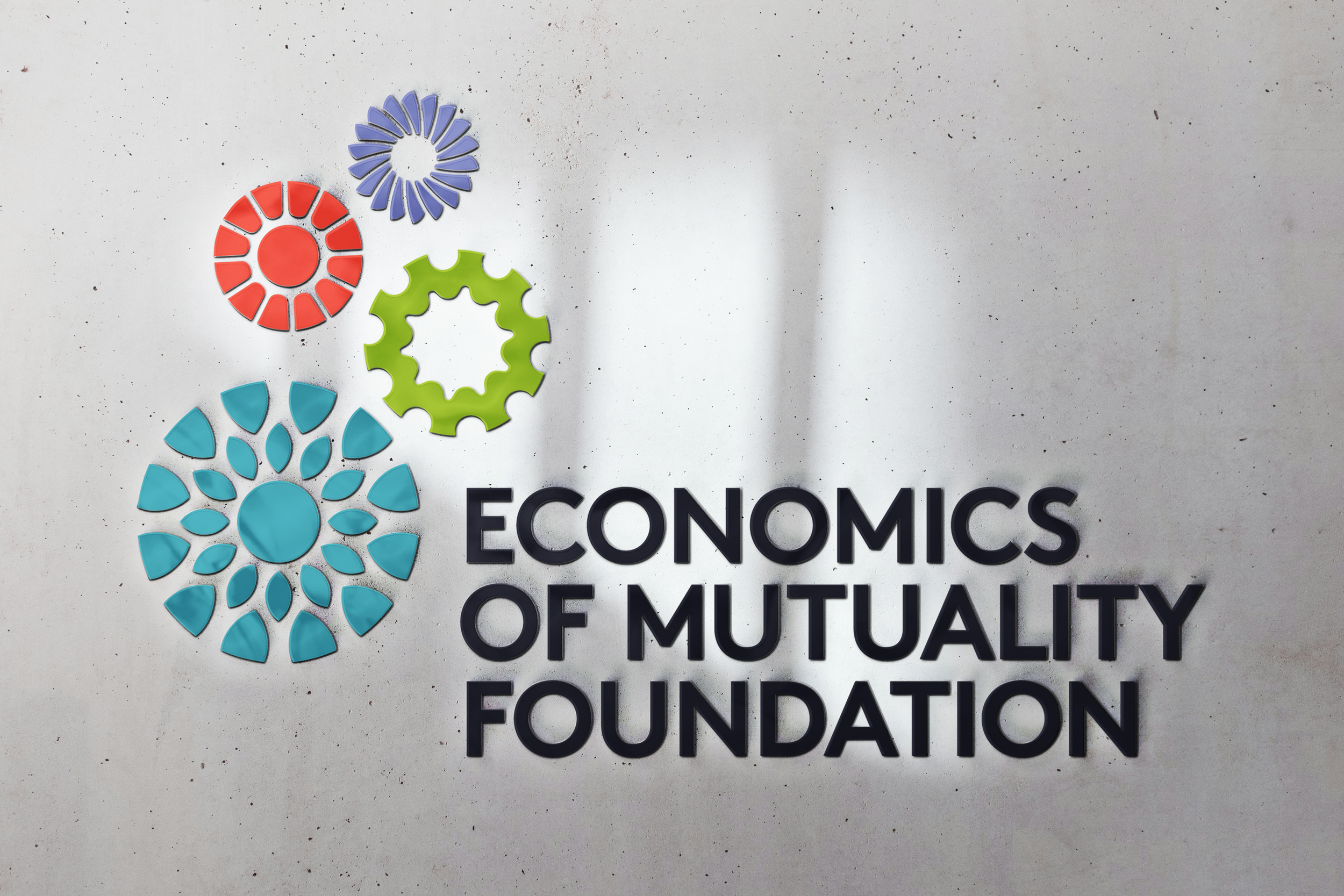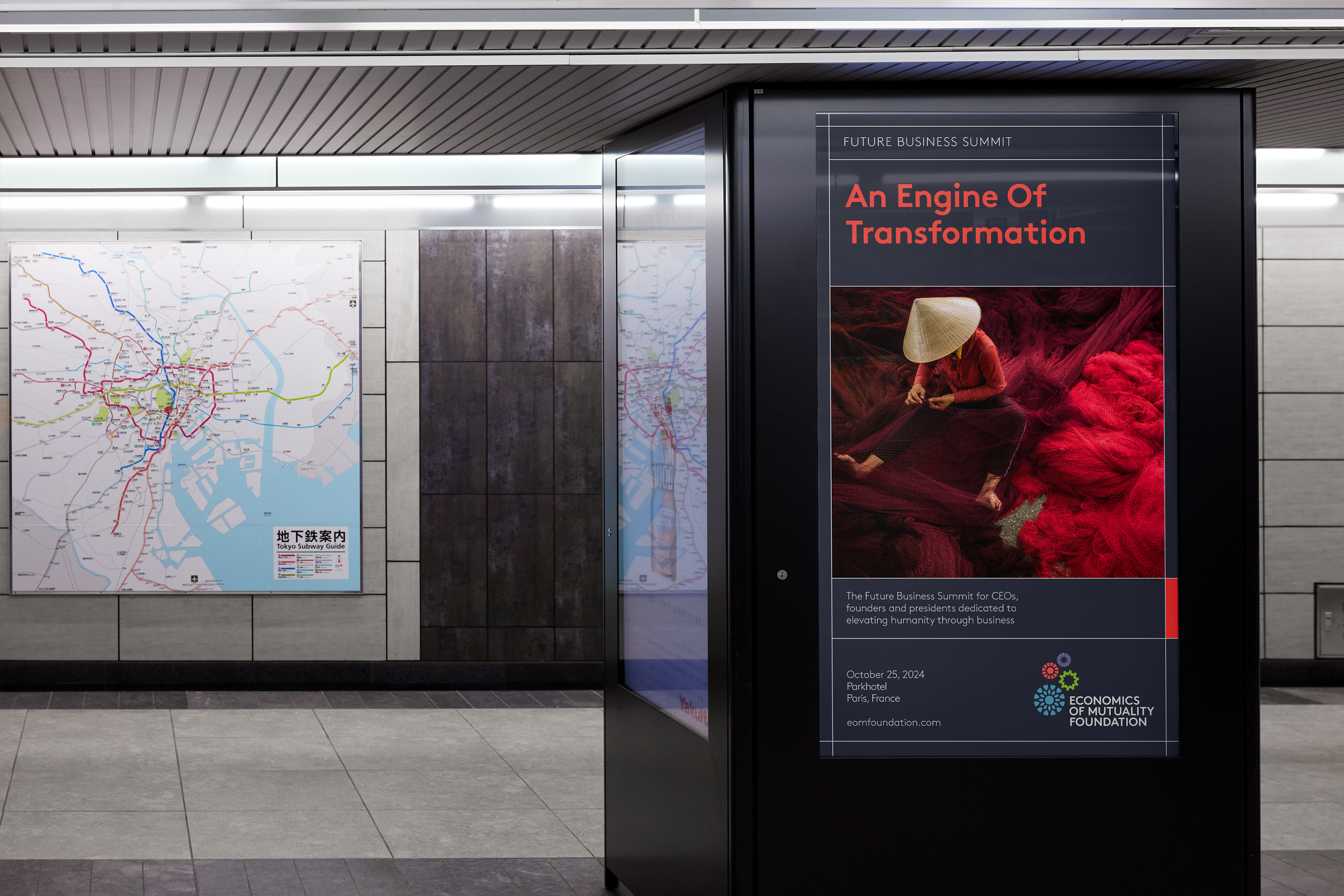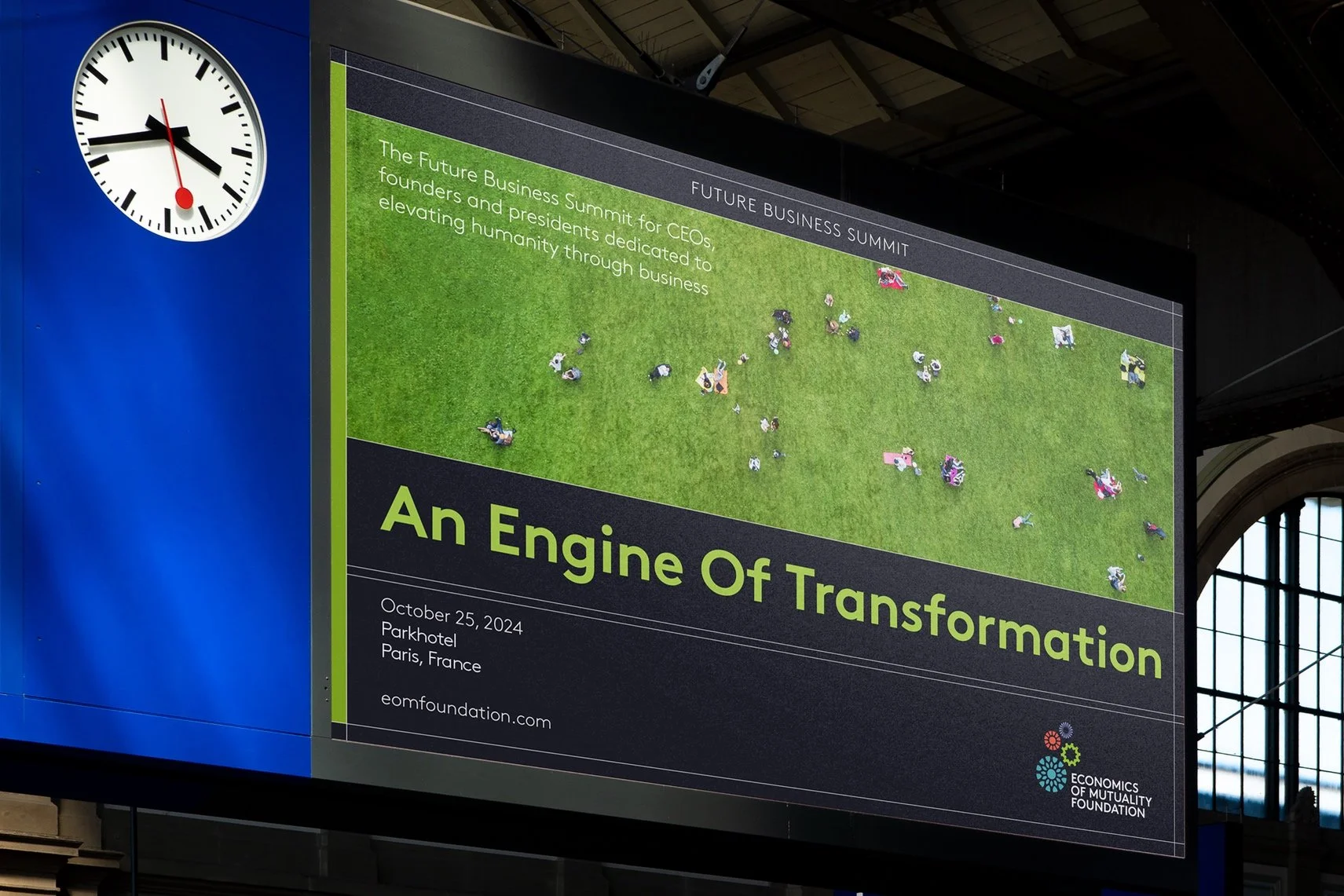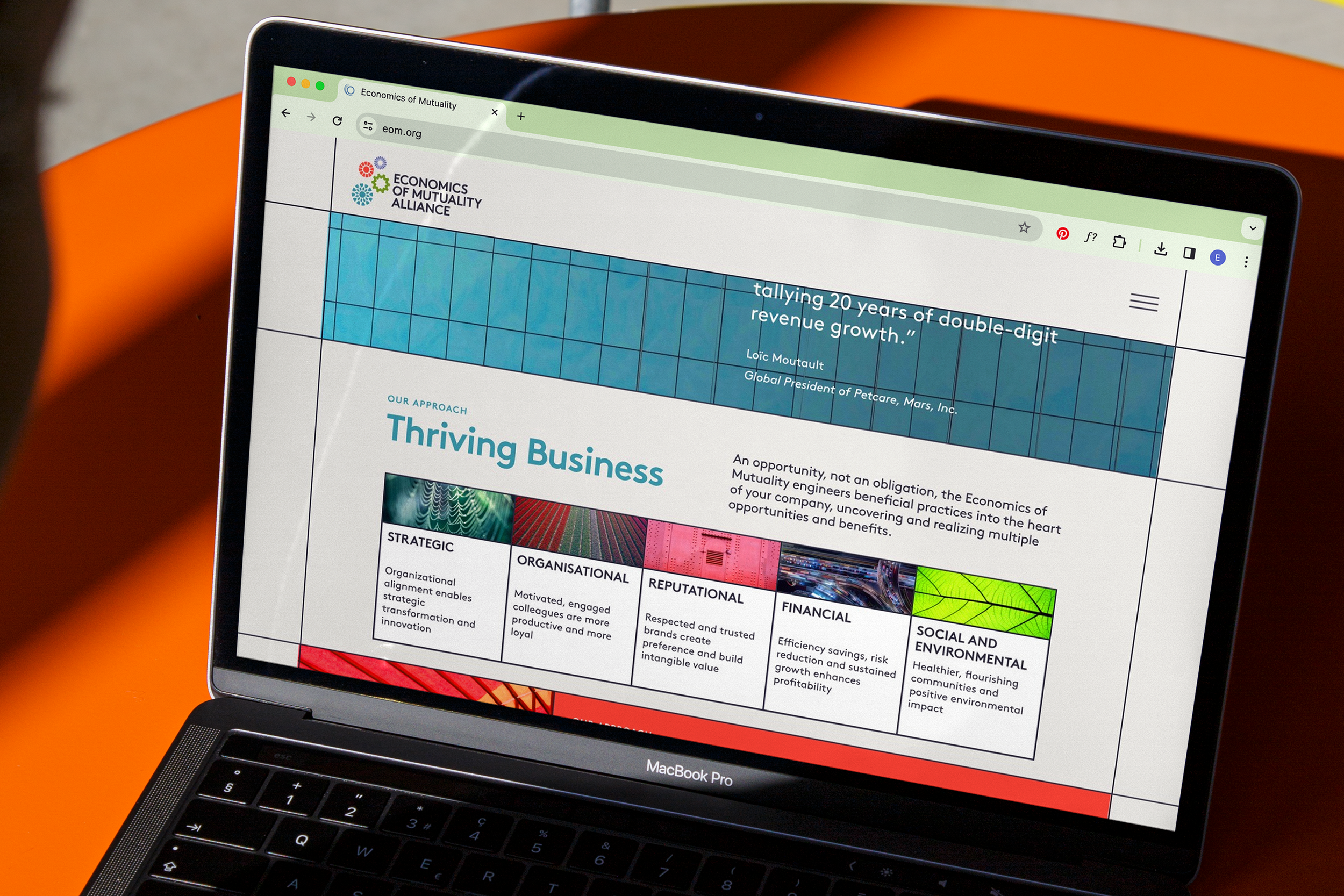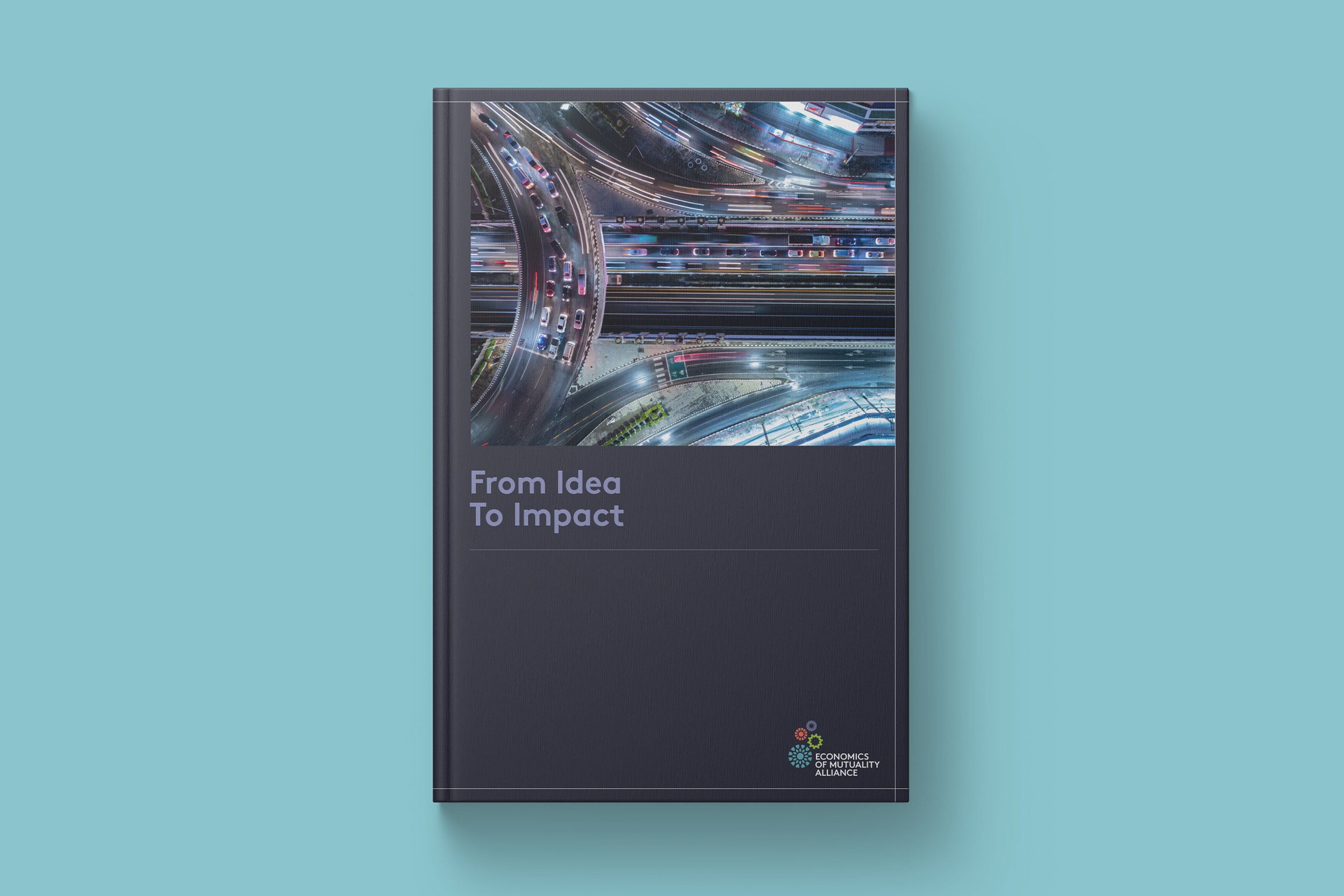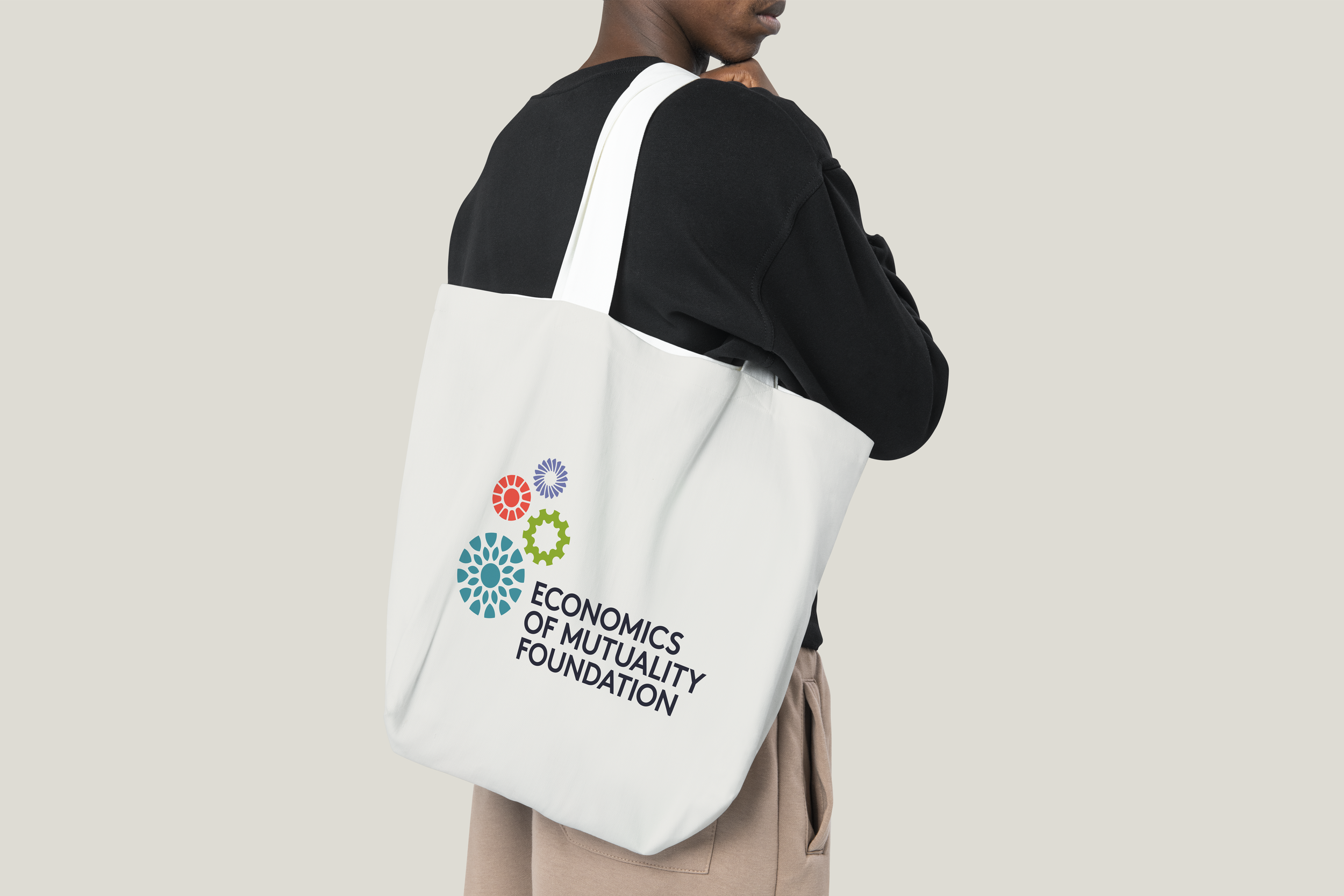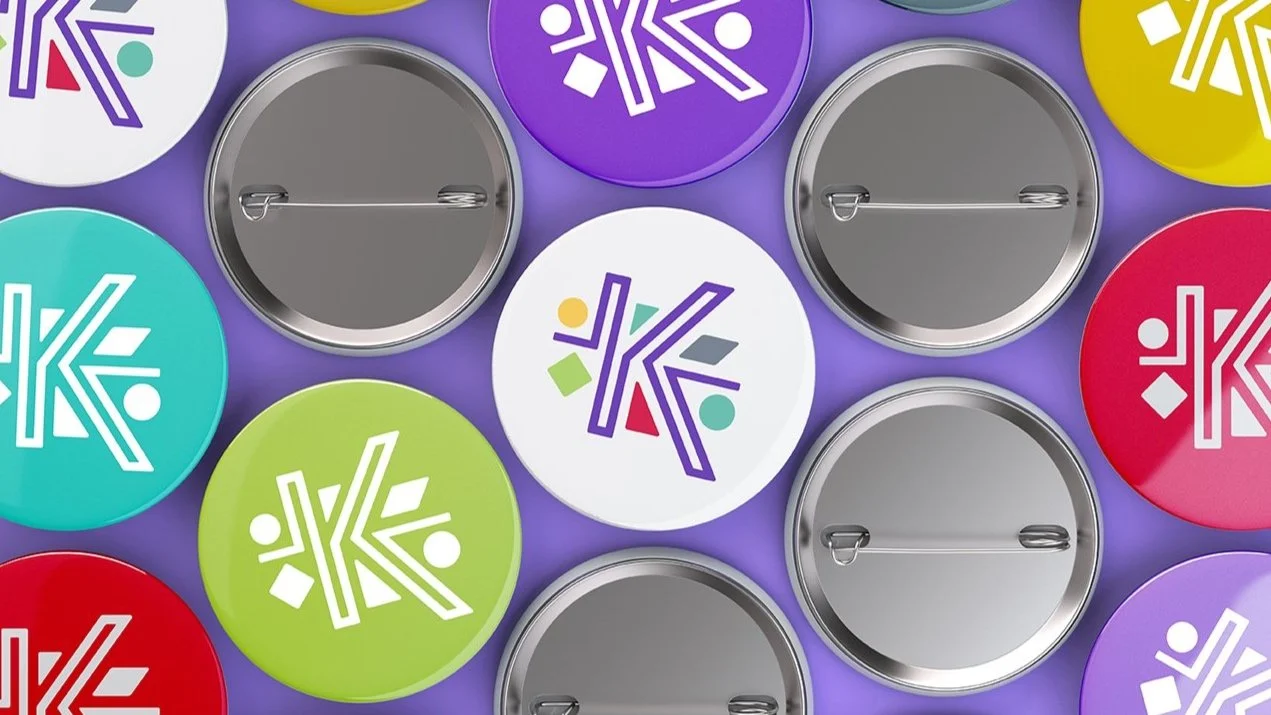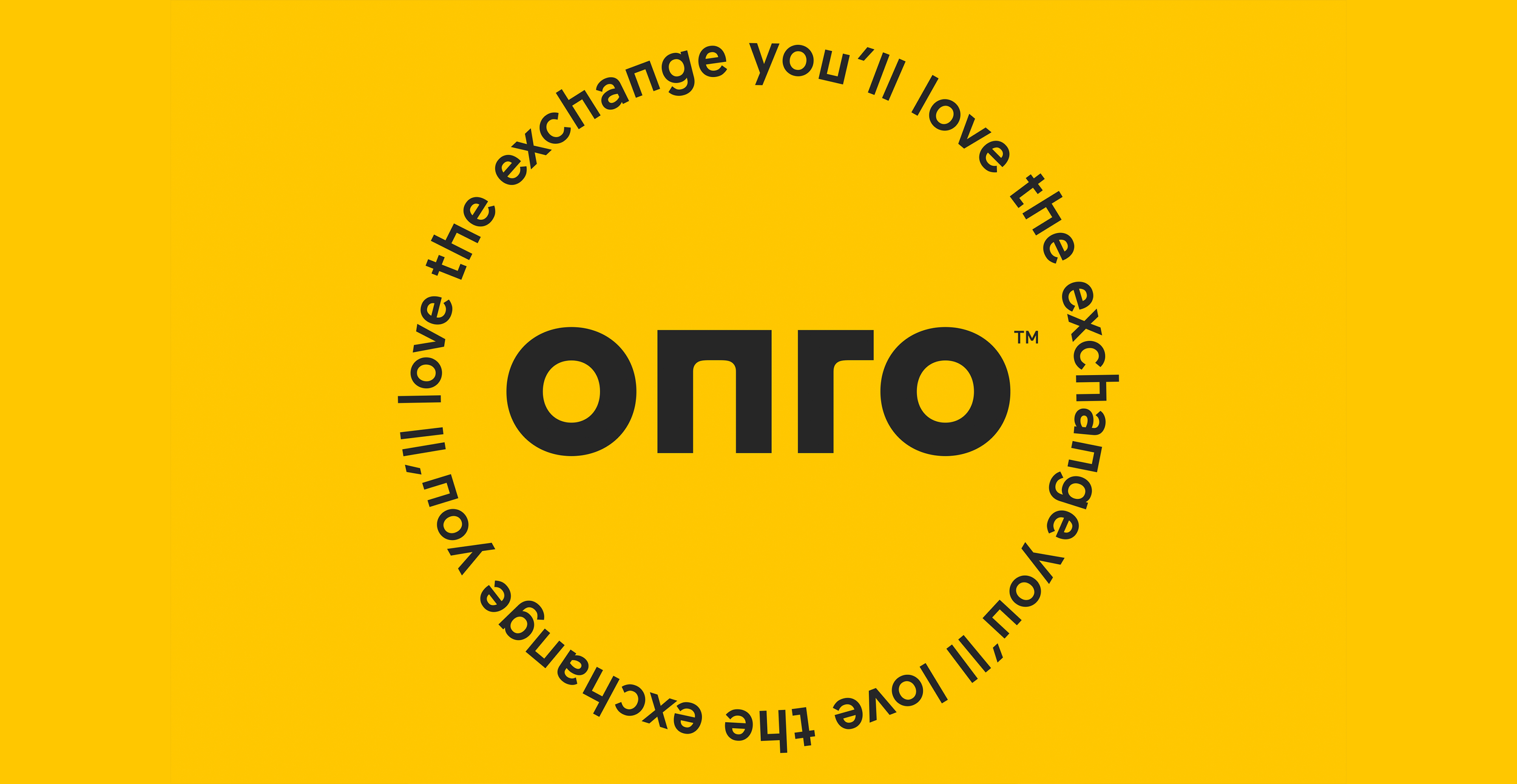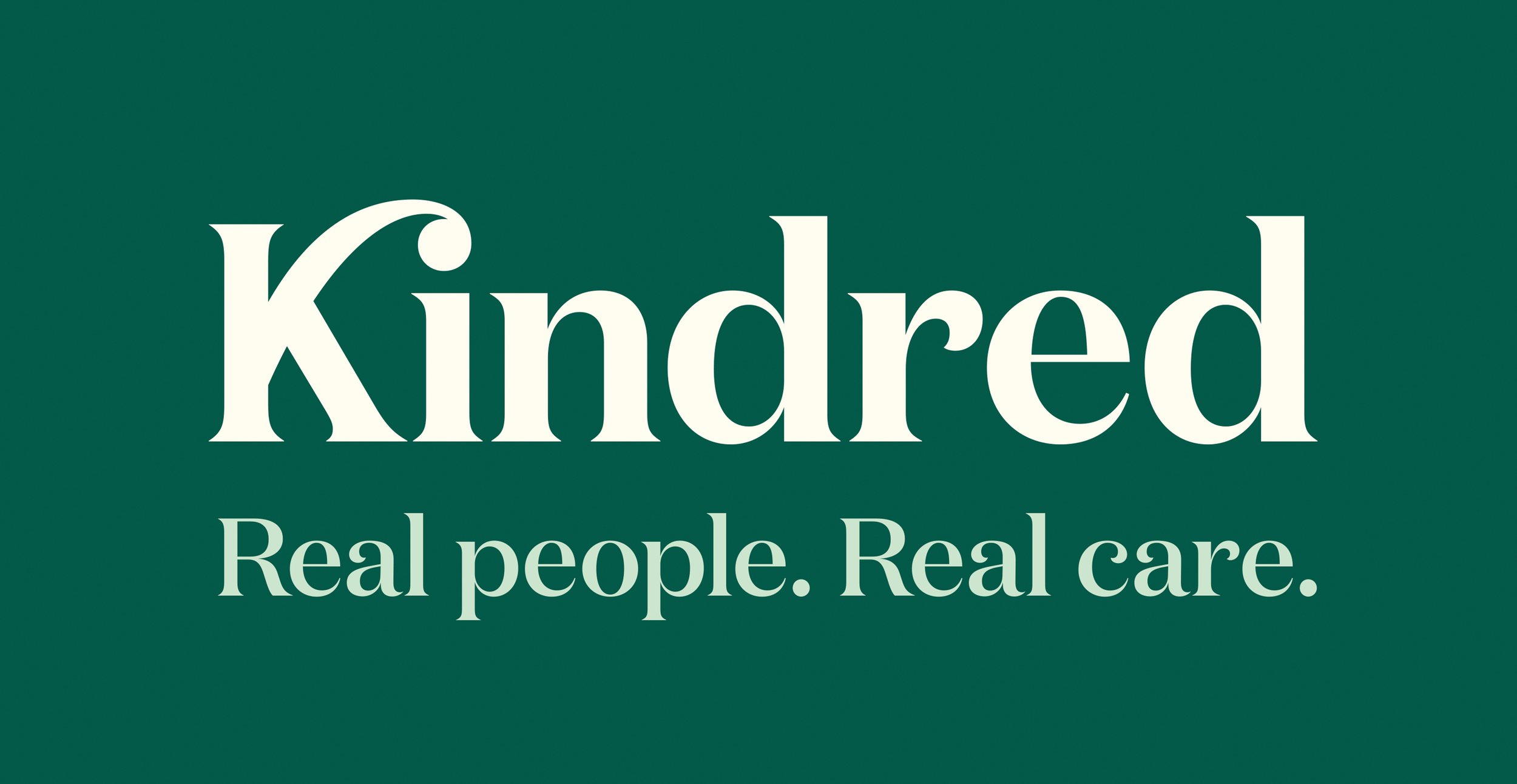Economics of Mutuality: A Better Way To See and Do Business
Strategy. Proposition. Naming. Identity. Digital.
Economics of Mutuality Websites
-
Purpose and profit should go hand in hand
Shareholder-centric capitalism is unsustainable, in every sense. Fractured communities and environmental degradation are amongst the consequences of short-termist, profit-maximisation strategies.
The Economics of Mutuality (EoM) offers a vital means of achieving an alternative multi-stakeholder system. A proven operating model, EoM provides a better way of seeing and doing business based on the principle of mutual value creation. It enables business to help to heal communities and reverse negative environmental impacts, by creating and capturing financial, human, social and environmental value.
By listening to and looking after the needs of the complete ecosystem of stakeholders, profitable growth can be sustained. And when organisations embed a systematic approach to mutual value creation, everybody wins.
EoM emerged from a multi-year business innovation program led by Mars, Inc. that engaged a range of cross-sector partners including Oxford University’s Saïd Business School. It sprang from the insight that businesses want to do good and at the same time want to make money: purpose and profit should go hand in hand. What started as an idea has now been formalised as a practical, scale-able operating model which business leaders can use to transform their organisations.
-
From philosophy to practice
The Economics of Mutuality had reached a significant pivot point in their evolution, from being a philosophy to becoming a practice.
Having proven its worth within Mars, Inc., the consultancy arm was looking to win additional client engagements and expand its leadership training activities, taking advantage of the market’s appetite for tangible ways to address the challenges of people and planet, profitably. At the same time, the organisation was broadening to include a dedicated private equity investment business. And alongside the existing not-for-profit Economics of Mutuality Foundation, a further foundation was being established which would focus on positive community interventions.
So with all of these changes pending, the Economics of Mutuality needed to re-imagine their organisation for a more impactful future.
-
Delivering good for all
Chromatic began by reviewing the ‘competition’ – adjacent business philosophies and reporting frameworks. It was evident that EoM needed to be differentiated from – for example – CSR, ESG or the concept of the circular economy.
We learnt that EoM is a means to shape the activities of a business, not just record its impact. It is a methodology not just a mindset, and as such can be seen as an engine of change which delivers ‘good’ for all actors in the business ecosystem.
We confirmed that businesses would value a road map to delivering a more purposeful business and at the same time making a fair profit. Because without profitable growth, a business cannot continue to thrive, invest and create value for its full set of stakeholders.
So we defined EoM as a “proven operating model that drives superior value creation through impact-led management practices.”
And we created a family of names and taglines for the entities within the Economics of Mutuality ‘Alliance’, including naming the consulting and investment arms ‘Mutual Value Labs’ and ‘Mutual Value Investments’.
-
An engine of change
In a sector in which organisations’ use of abstract circular symbols is ubiquitous to the point of monotony, it was important for the re-energised Economics of Mutuality Alliance to be represented by a powerful, figurative, universal and dynamic image that illustrates action.
The brand symbol evokes the idea of a modern, multifaceted ‘engine of change’. It is a distinctive, dynamic multi-coloured icon which references multiple aspects of the organisation, its model and its value:
• The Economics of Mutuality Alliance is a four-fold entity
• The EoM operating model is built around four phases of activity
• EoM delivers value across four capitals – financial, environmental, human and social
A grid that imposes a visible structure on all materials originates in a ‘locator device’ that is used in moving images to emphasise the idea of location and ‘place’.
Imagery was selected to show the patterns of activity that can be seen in populations, commerce, land-use and nature. Combined with complimentary colours and Brown, a modern geometric sans serif typeface, they create a distinctive and sophisticated identity that is shared across all of the Economics of Mutuality Alliance entities.
-
Changing the businesses world
The refreshed Economics of Mutuality Alliance brand is being unveiled at a time of furious activity across the organization. Partnerships with some of the largest financial and academic organisation in the world are being supported by communications and new websites for each entity. From these beginnings activity will increase so that the Alliance can share academic materials, research, news and in time, stories of its growing influence.
“The vision behind the Economics of Mutuality operating model is ambitious. The organization that advances and implements it is multi-dimensional. So the task we set Chromatic of helping us to re-articulate the model and re-brand the organization was formidable. But I’m delighted to report that Simon, Alec and their team excelled in every phase of the process. As we seek transformation of the economy by equipping businesses to be a force for good, we now have a clear, concise and effective platform to stand on.”
Economics of Mutuality Logo – Before and After
EoM Responsive Logo
Responsive Logo



